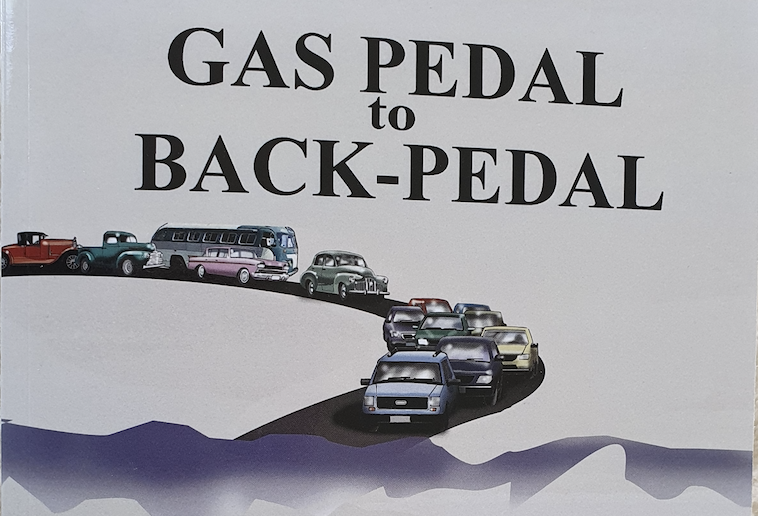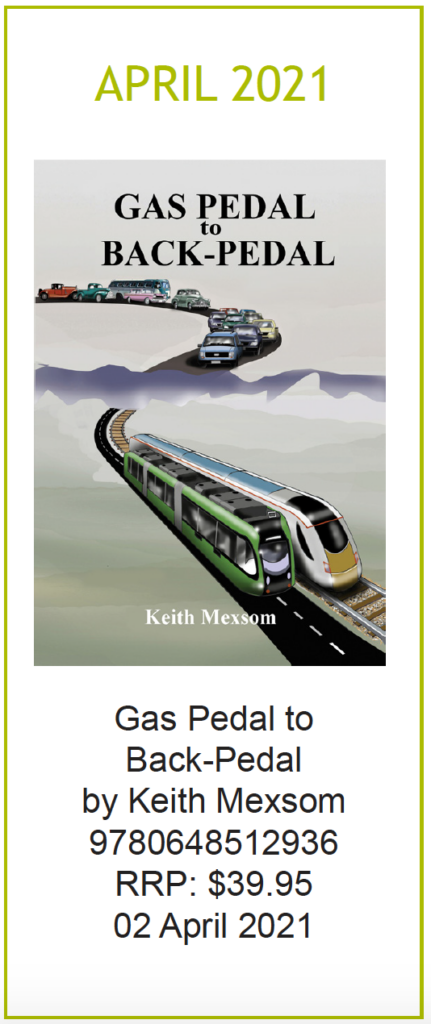Keith Mexsom
keithmexsom.pubsitepro.com
Keith Mexsom has magazine and newspaper experience in both New Zealand and Australia as a publisher, editor, sub-editor, journalist, feature writer, and copywriter. He has a Graduate Diploma in Journalism Studies from Massey University.
The recent call by The BFD for more “View from Your Window” photos would seem to indicate a waning of interest since the lifting of the lockdown restrictions when there was more time and opportunity to engage in such creative endeavours. Instead of a quick glance to the outside in order to decide what to wear to work, shorts or longs, those with nowhere to go could take their time to ponder their existence and wait to catch a glimpse of who the neighbour’s overnight guest had been.
Now, during more normal times, few mums and dads have the time to take a photo through their house windows, regardless of how unique the view might be. However, the inclusion of car windows is a realistic variation on the theme – particularly in Auckland, where drivers always have plenty of time to stare fixedly at the windscreen as they inch along the motorways on the way to work and back again.
And while they are taking those close-ups of the back of a bus that is always there, or peering through the haze for a shot of an almost extinct sliver of asphalt, those drivers, having found some small purpose to it all, might also take time to ponder how they came to occupy one spot for so long, and with so many others. Despite their fume-induced head-spin, they might even rise above abject acceptance of their environment to seek an explanation as to why the profound congestion question has not been solved after so many years. And, with recent news reports questioning its structural integrity and future as a vital transport link, why the Harbour Bridge has not yet been replaced.
Of course, the answers are in the history. If one cares to look, they can be found in the failure to finance the tramway improvements needed in 1927 when only 35 per cent of eligible voters actually turned out; the decision to reposition Auckland’s railway station from lower Queen Street to Beach Road in 1930 without following through with the planned extensions of the suburban line to the Western Line and the North Shore; the decision to forgo the development of a public transport system after the decommissioning of the city’s tram system in 1956.
Instead, the 1955 Master Transportation Plan for Metropolitan Auckland made the car king and prioritised the construction of motorways over public transport systems, despite the advice of well-paid experts. The Master Plan, put together by a majority of road engineers, recommended buses, instead of a rapid transit system, as the main form of public transport – those buses that Auckland streets struggle to find room for.
But, down through the years, those decisions (even the good but mainly the bad) were not made without the direction of national and local politicians and the influence of their lobbyists – in particular, the various groups of tyre-and-tarmac entrepreneurs collectively known as the Road Gang – those descendants of Auckland’s limited circle and other gentlemen of fortune who shaped the city’s early growth and who continue to dominate its future by way of land speculation and financial control.
The dominance of the Road Gang was assisted by the parochialism and fragmented vision of city leaders which played into the hands of begrudging, purse-string-holding governments of the day. Only with the Super City amalgamation did a united Auckland finally gain enough power to successfully demand the public transport infrastructure it had needed for so long.
Unfortunately, history tends to repeat itself. It took some 60 years of wrangling before the funds and agreement were available to construct Auckland’s Harbour Bridge. Even then, there was a distinct lack of planning and vision and the need for greater crossing capacity was recognised as soon as the bridge opened in 1959. Fast-forward to 2021, after another 60 years of talking, and time would seem to be running out.
In the face of Auckland’s rapid population growth, even the completion of the City Rail Link and the overall improvements to the suburban rail and bus systems are unlikely to be enough to reduce the city’s road congestion in the short term. So look for more of the same back-of-bus photos in your inbox.
Keith has been writing fiction and non-fiction for more than 30 years. His latest book Gas Pedal to Back-Pedal: The Second Century of Auckland Transport is volume two of a trilogy. Check out Waka Paddle to Gas Pedal for the first century of Auckland’s transport history.
Please share this BFD article so others can discover The BFD.


